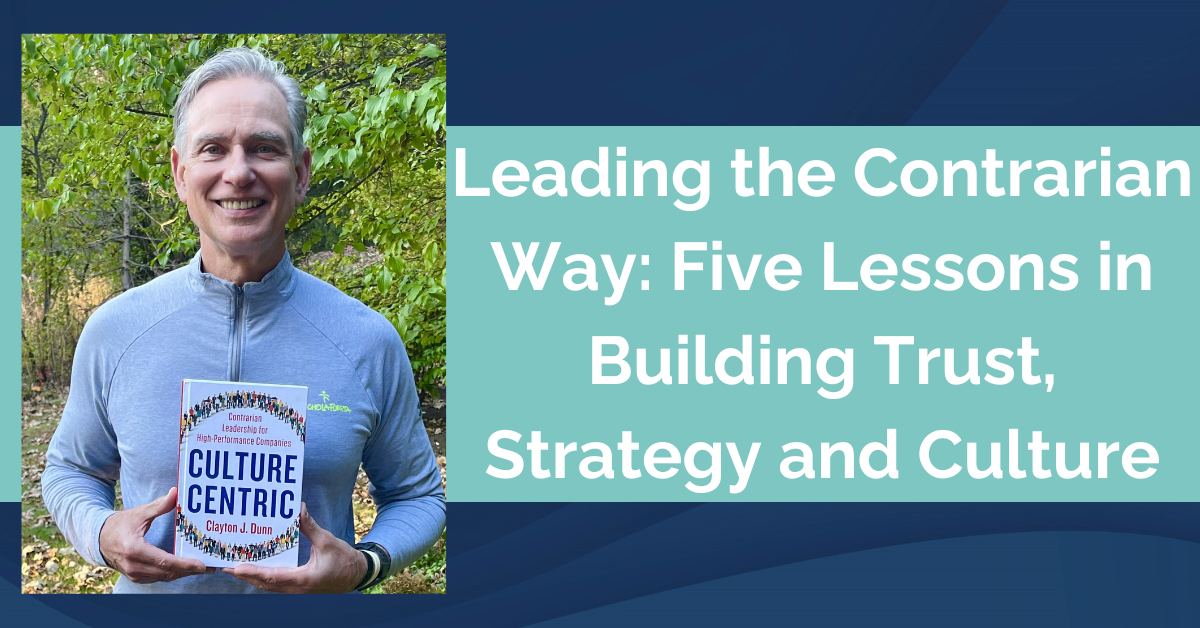PAPER OR PLASTICS? THERE’S ROOM FOR BOTH
By Richard Shaw
We hear it nearly every time we go through the grocery store checkout. "Paper or plastic?" My response is, "I'll take both, please!"
It's a question consumers increasingly ask themselves as they weigh their broader choices for packaging and products, and the potential impact on our planet. As a result, more are pushing for a move from plastics to paper. Because of the growing pressure, some states have approved or are seeking bans on certain plastics.
But as someone who championed sustainability during a three-decades career in the paper industry and is now doing the same for plastics in my new role as Director of Circular Economy & Sustainability at AmSty, I can assure you we need both. Each serves an important function in our daily lives.
Look around at the paper products you use each day. My mind immediately goes beyond the paper and envelopes used in the office, to the durable delivery boxes landing on our doorsteps that have been particularly vital the last two pandemic years to limit contact and keep us safe and healthy. Books, paper towels, greeting cards, cereal boxes, newspapers, pizza boxes – the list goes on and on. Paper can be very durable, but just doesn't work for certain applications.
Plastic is highly durable, in particular, polystyrene plastic, which is what we produce at AmSty. Think plastic park benches, bicycle helmets, stadium seats, appliances, toys and child car seats. Plastic can be transparent – something paper can't. Companies like to showcase products in plastic containers and many consumers prefer to see the beverage they're drinking or the items they're buying.
Polystyrene played a vital role during the pandemic. It was used in petri dishes and test tubes to develop vaccines and in syringes that administered them. Try making a syringe, petri dish, bike helmet or refrigerator out of paper.
In some cases, plastic and paper play together. That latte you buy at your favorite coffee shop is paper. Why doesn't it disintegrate in your hands? Because it's lined with plastic. Otherwise, your latte would end up in your lap.
Both paper and plastic can be recycled, too, which is important as we collectively work to protect our planet. You might be surprised to know that compared to other materials and forms of packaging, polystyrene – which is 95 percent air – is the most sustainable material for its applications when all life cycle impacts are considered.Admittedly, there are challenges in recycling plastics today, but I'm proud to help lead the charge as AmSty works diligently to ramp up its innovative circular process that recycles polystyrene down to its basic components to be used in new products with the same quality and durability as the original.
Keep in mind that paper, glass and aluminum were all created without a recycling system in place and now are 100 percent recyclable. That's what AmSty is working toward a goal that one day polystyrene – and eventually all plastics – will be 100 percent recyclable and kept out of our landfills.
I'm heartened by the fact that people are dropping off polystyrene for recycling at our Regenyx facility in Tigard, Oregon, the first commercial-scale advanced polystyrene recycling system in the world. Some are driving hundreds of miles. At Regenyx we're recycling up to 10 tons of polystyrene waste per day – 10 tons that's not going to the landfill
Consumers want to recycle. That includes plastics and we're working to make it happen.
So, the next time you hear the phrase, "paper or plastic?" know that it's not either or. The reality is, we need both, along with a collaborative spirit – cities and states creating infrastructure that makes it easy for polystyrene to be collected, sorted and recycled, and consumers advocating for plastics recycling, industry building facilities and increasing public awareness. Together to make our world a better place.
It's not a world without plastics, it's a world with plastics that through innovative solutions are recovered, recycled and made new again.
Photo Credit: Disposable Coffee Cups On Blue Background by Bogdan Dreava from NounProject.com















